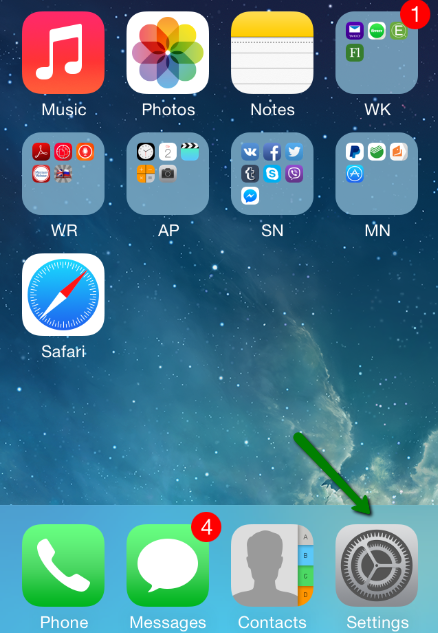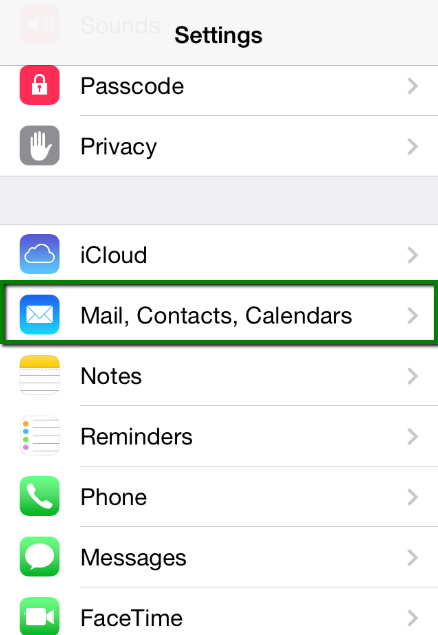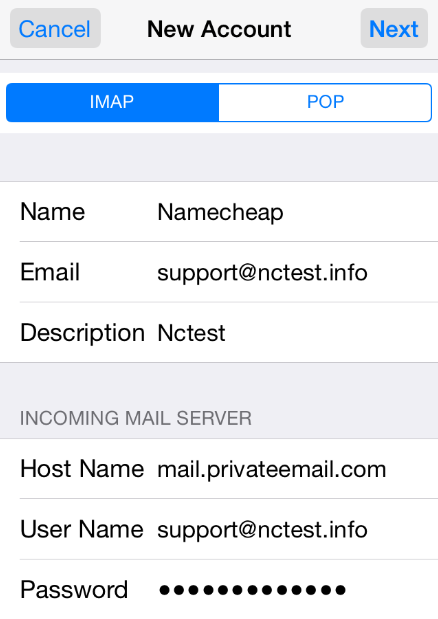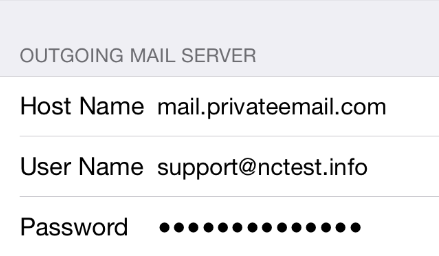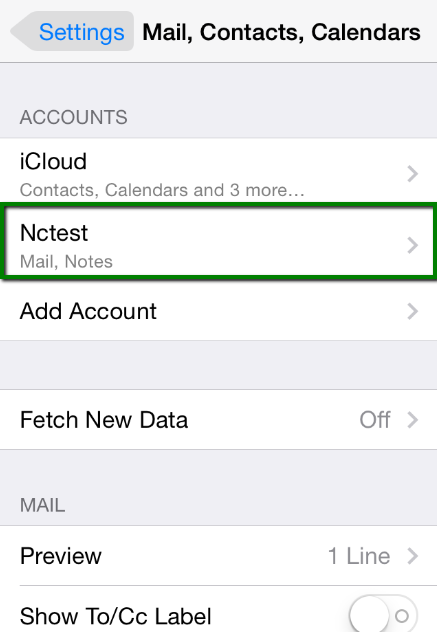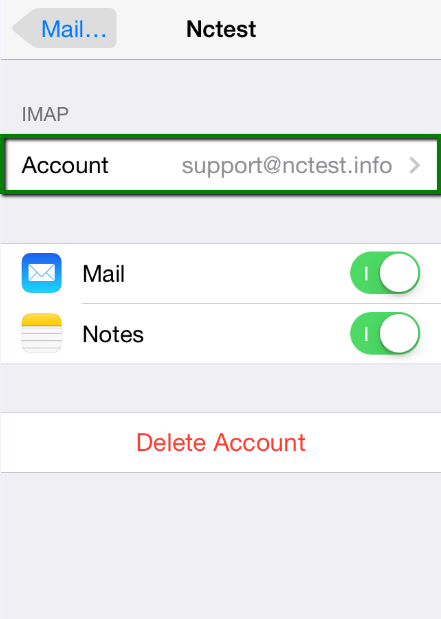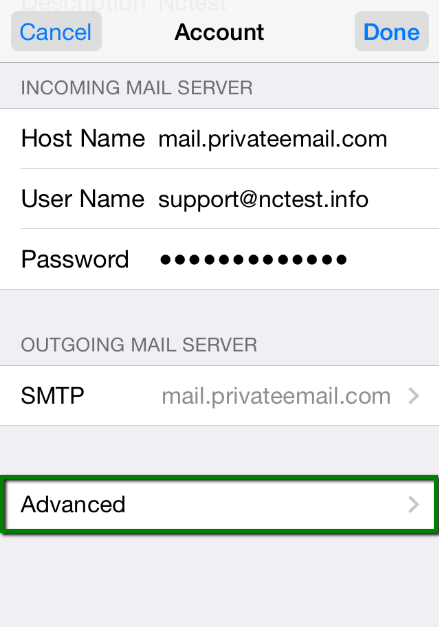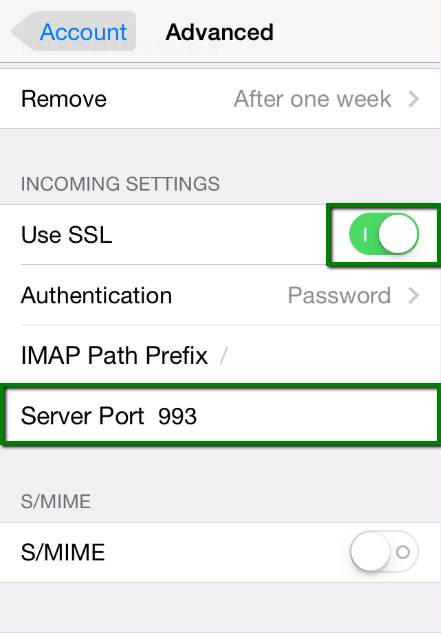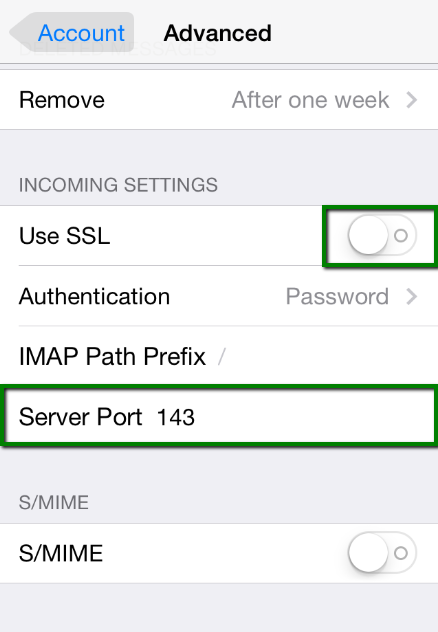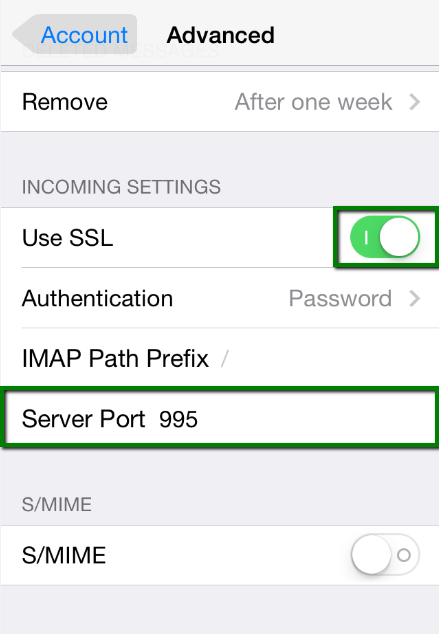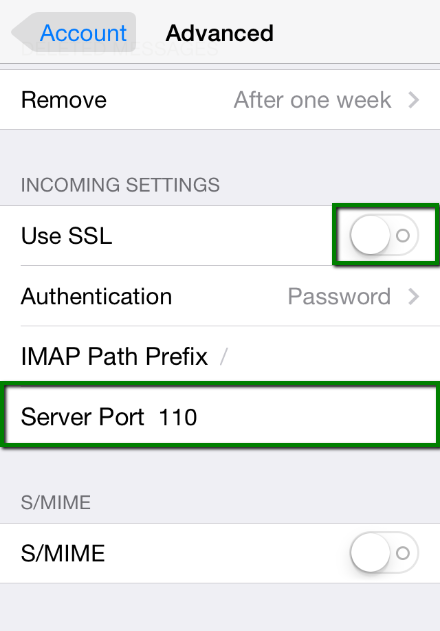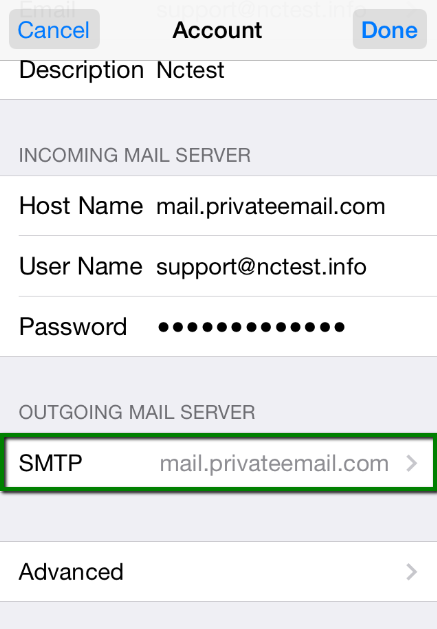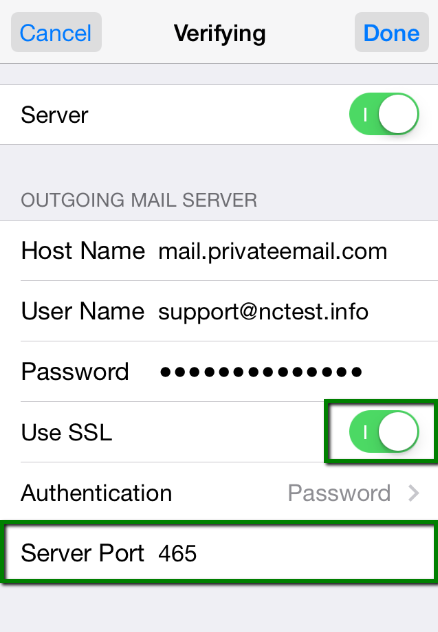Mars on Earth: Tests in Desert of Oman
 Two scientists test space suits and a device called a geo-radar for use in a future Mars mission in the Dhofar desert of southern Oman.
Two scientists test space suits and a device called a geo-radar for use in a future Mars mission in the Dhofar desert of southern Oman.Two scientists work together to test a geo-radar that was built to make a map of the planet Mars. They pull the flat box across rocky, sandy ground. They are wearing spacesuits, just like astronauts do in space. The bright white on their protective equipment stands out against the color of the sand and dirt.
When the geo-radar stops working, the two walk back to their vehicles and use a radio to contact scientists at a nearby base camp for guidance. They are unable to speak directly with their command station, which is far away in the European Alps. Communications from there are delayed 10 minutes.
The scientists are not on the planet Mars. They are in a desert in southern Oman, near the borders of Yemen and Saudi Arabia. The desert looks so much like Mars that scientists chose it to field-test technology for a manned space flight to the red planet.
Efforts to send astronauts to Mars
The United States government and a few American companies have established programs to send astronauts to Mars. Former U.S. President Barack Obama and SpaceX founder Elon Musk have both declared that astronauts would walk on the planet in just a few decades.
China is joining the U.S. and Russia in space with its own Mars program. And aerospace companies like Blue Origin have published plans for future bases, ships and spacesuits.
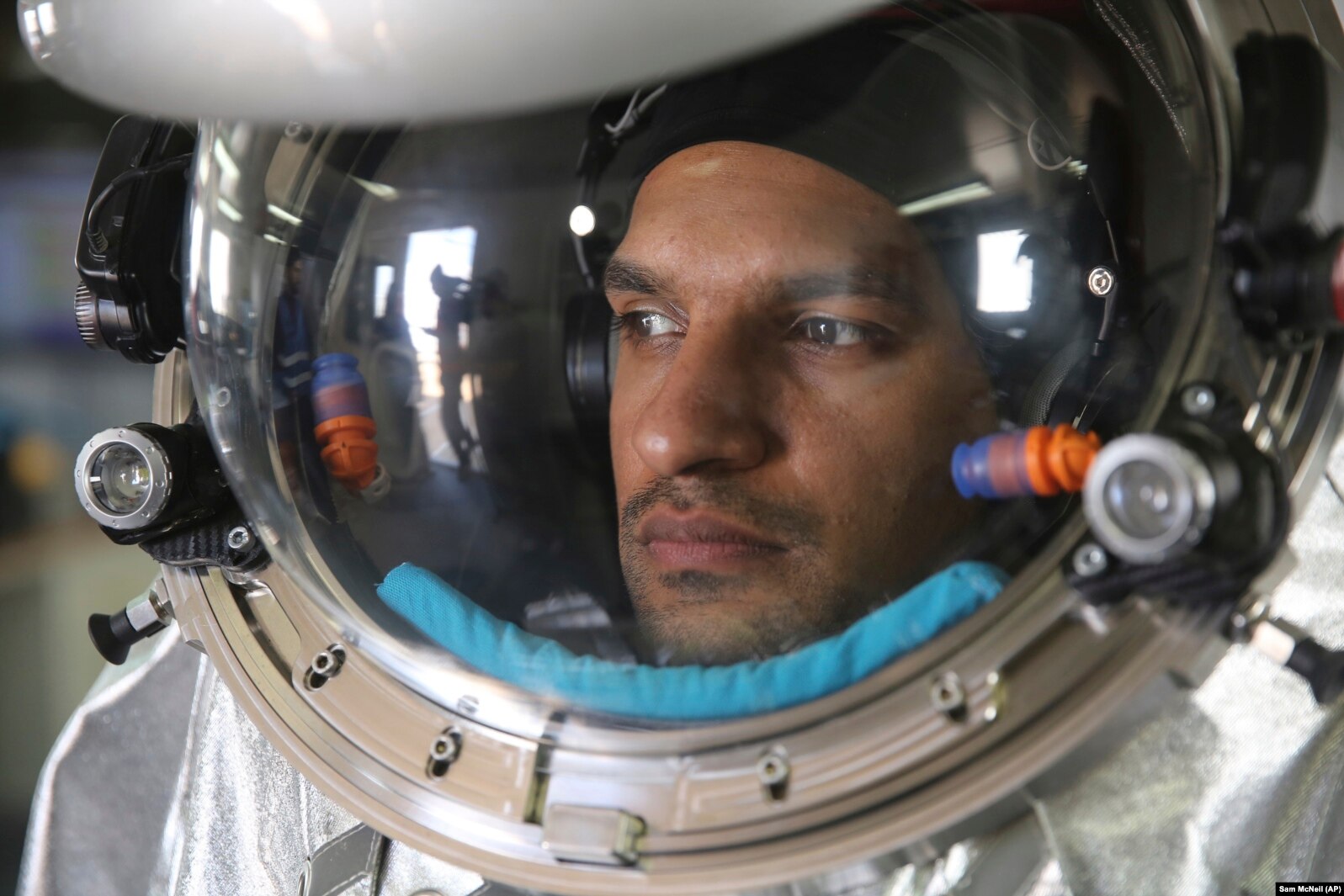
Analog astronaut Kartik Kumar wears an experimental space suit during a simulation of a future Mars mission in the Dhofar desert of southern Oman.
Last week’s successful launch of SpaceX's Falcon Heavy rocket “puts us in a completely different realm of what we can put into deep space,” says Kartik Kumar. He is an analog astronaut.
Analog astronauts carry out tests in preparation for a Mars space flight. The next step after the rocket test, Kumar says, is to deal with non-engineering problems, such as how to react to a medical emergency in space.
“These are things I think can’t be underestimated,” Kumar noted.
Testing for possible Mars mission
Most of the work to prepare for interplanetary trips is being done on Earth. Our planet’s deserts provide some of the best environments to field-test equipment and people for the trip to Mars.
From space, the Dhofar Desert is a flat, brown area. Few animals or plants can survive in this part of the Arabian Peninsula. Temperatures can top 51 degrees Celsius.
On the eastern edge of a seemingly endless sand dune is the Oman Mars Base. The base is a huge, self-contained area in which people live and work. It is surrounded by shipping containers, which serve as laboratories and living space for the crew.
The desert’s surface looks so much like Mars that it can be hard to tell the difference, Kumar said. Its salt domes and riverbeds, he said, look like “a lot of what we see on Mars.”

Gernot Groemer, commander of the AMADEE-18 Mars simulation in the Dhofar desert of southern Oman.
Oman’s government offered to host the Austrian Space Forum’s next Mars simulation. The offer came at a meeting of the United Nations Committee on the Peaceful Uses of Outer Space.
Gernot Groemer, commander of the Oman Mars simulation, said his group quickly accepted.
Scientists from across the world sent ideas for experiments. The project quickly grew to 16 scientific experiments, including testing a new spacesuit called Aouda.
The spacesuit weighs about 50 kilograms. It is called a “personal spaceship” because one can breathe, eat and do complex science inside of it. The suit’s visor can show maps, communications and sensor information.
Unusual test sites
The Soviet Union’s 1957 launch of Sputnik led to a space race with the goal of putting people on the Moon.
But before the American space agency NASA got there, astronauts like Neil Armstrong trained while suspended on pulleys, or lifts, to simulate one-sixth of Earth’s gravity.
Scientists used hostile environments in places like Arizona and Siberia to test space capsules, landers, and suits — simulating dangers found beyond Earth.

The sun rises over a 2.4-ton inflated structure used by the AMADEE-18 Mars simulation in the Dhofar desert of southern Oman.
Among many Mars scientists, a favorite book is “Packing For Mars,” by Mary Roach. The book notes that test space stations have been built underwater off the coast of Florida, in dark and cold deserts in Antarctica, and in volcanic craters in Hawaii.
NASA scientists used the Mojave Desert in the western U.S. to test vehicles meant for Mars. The scientists also found out a lot about how humans can adapt to different environments.
“Human’s adaptability in an unstructured environment is still far, far better than any robot we can send to space,” said Scott Hubbard, who once led the U.S. space agency’s Mars program.
Hubbard added that people, not just robots, are important to exploring Mars.
I'm Anna Matteo. And I'm Pete Musto.
Samuel McNeil reported this story for the Associated Press (AP). George Grow adapted the report for VOA Learning English. Ashley Thompson was the editor.




